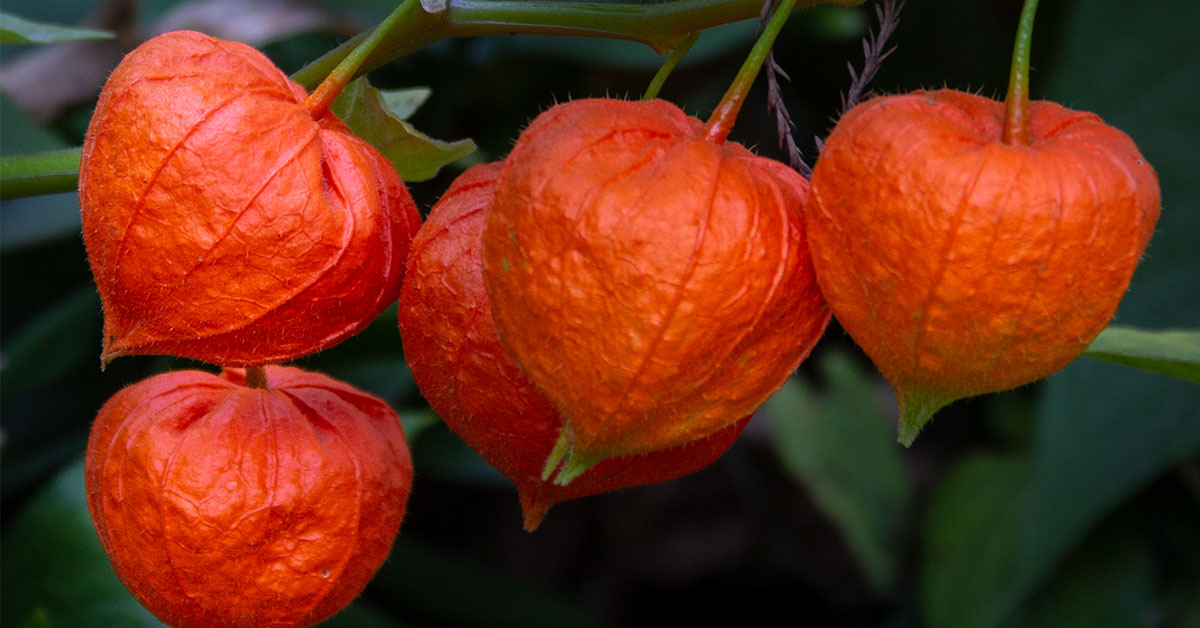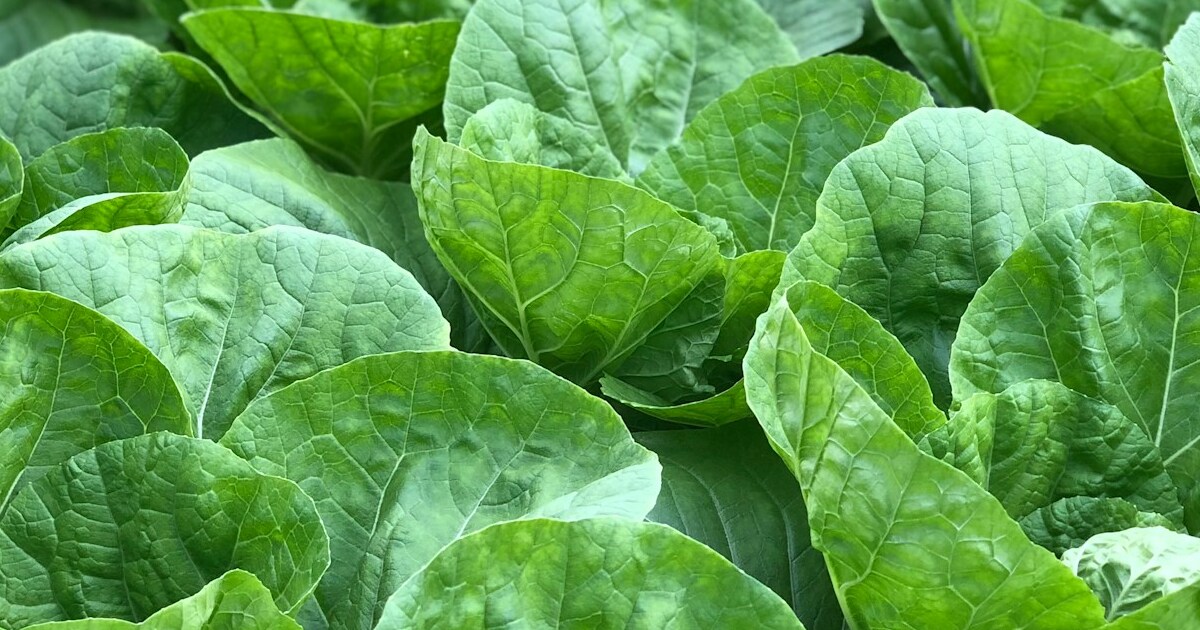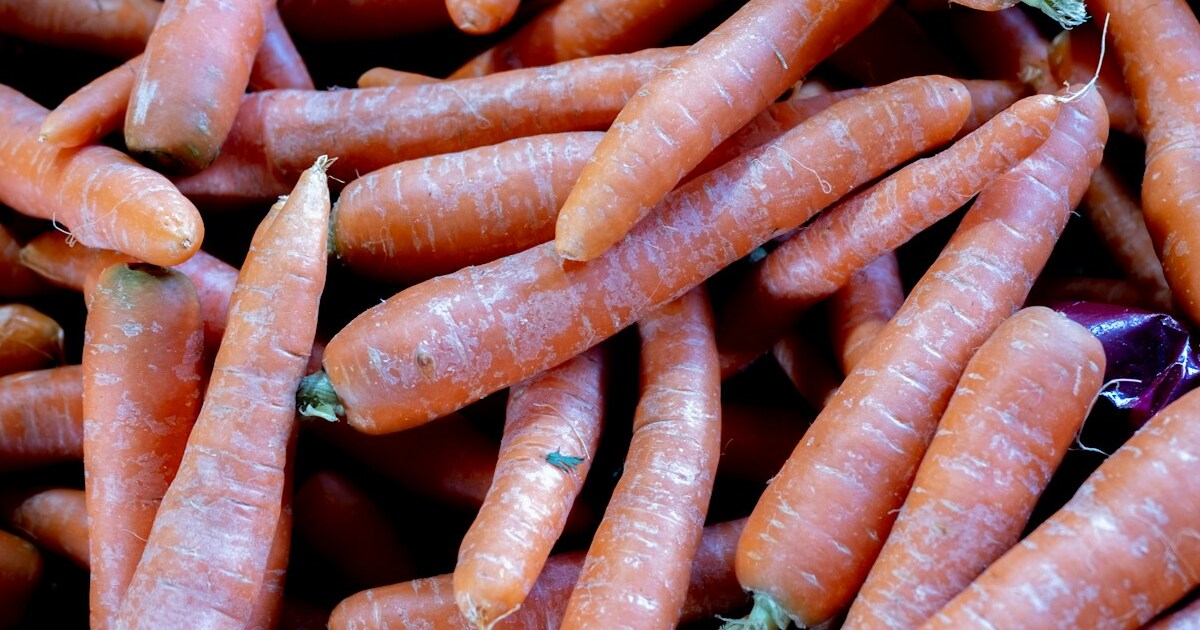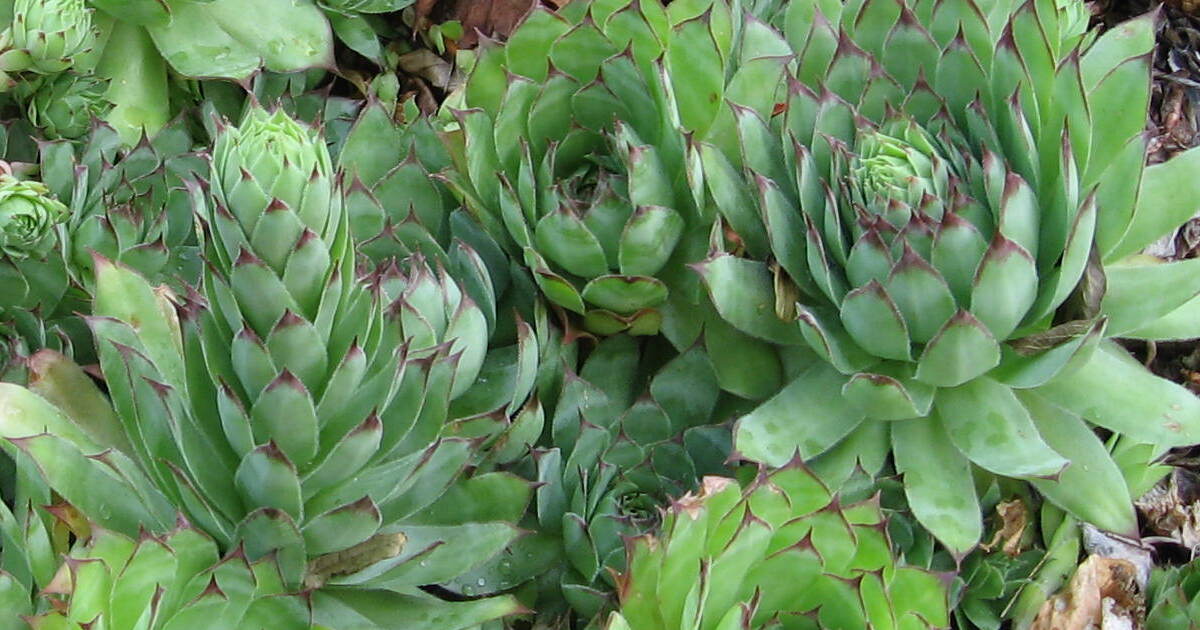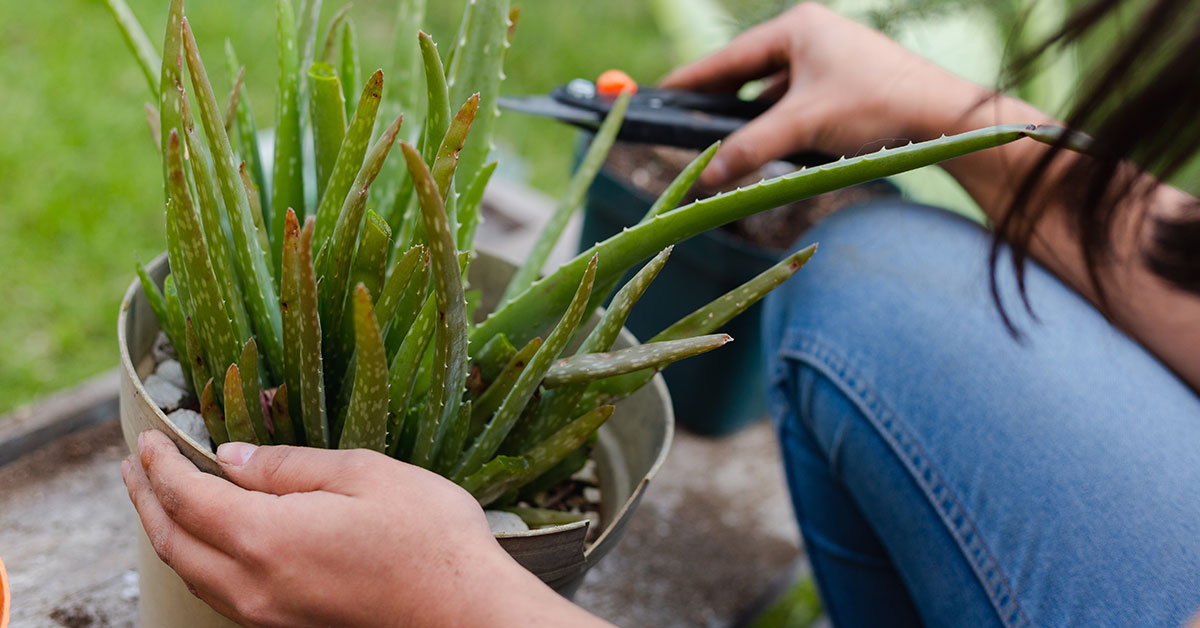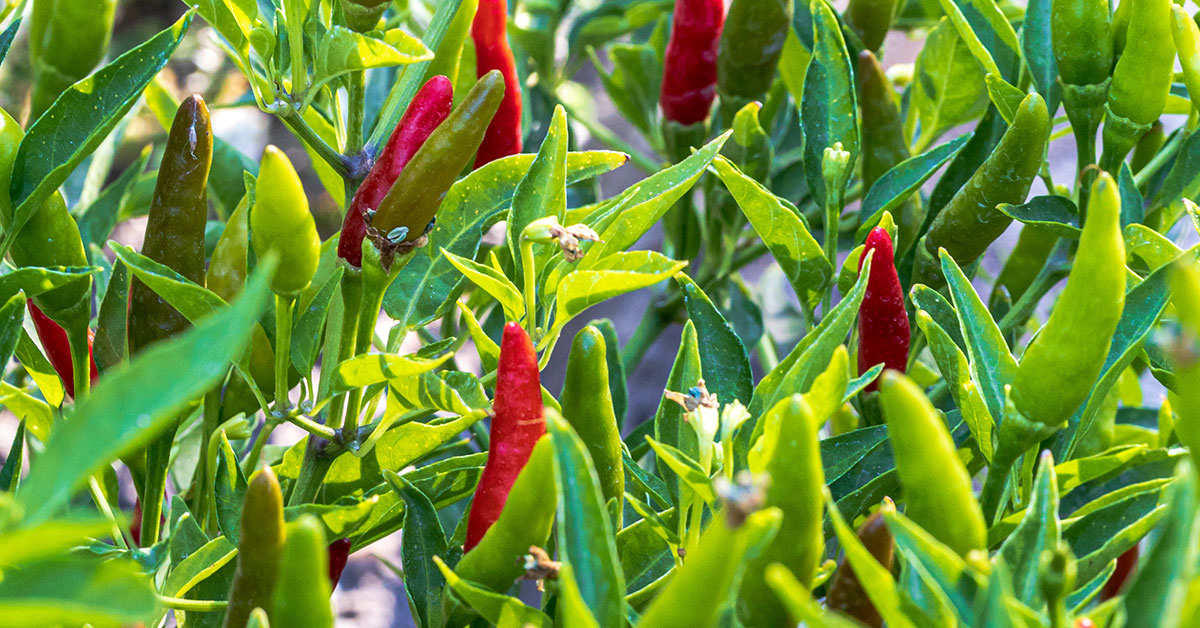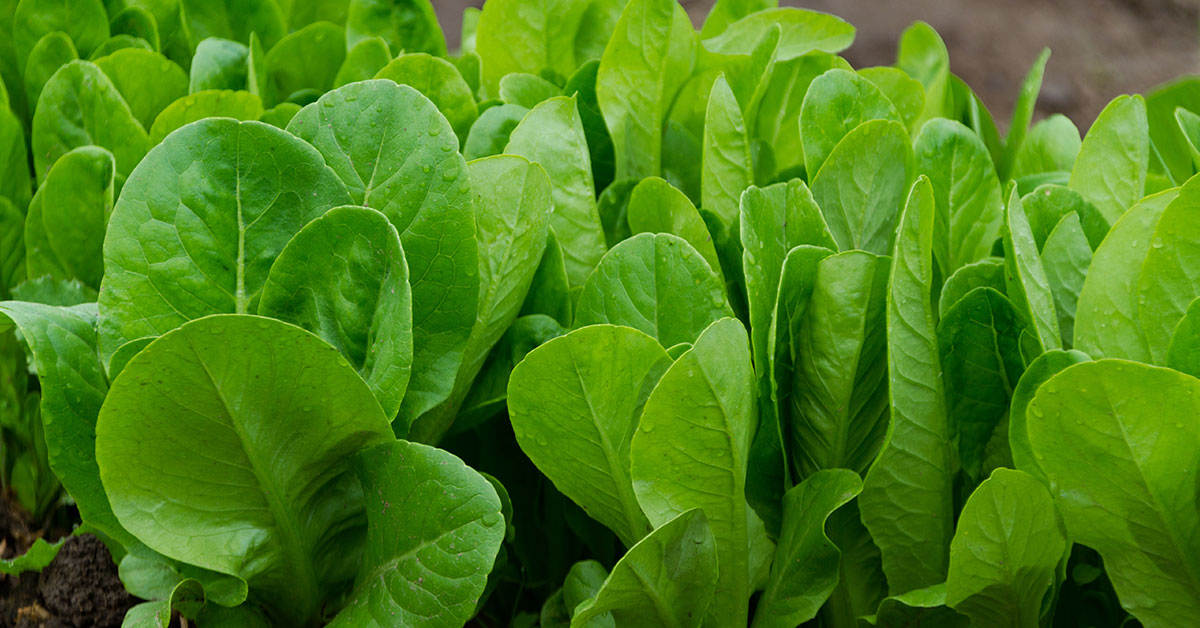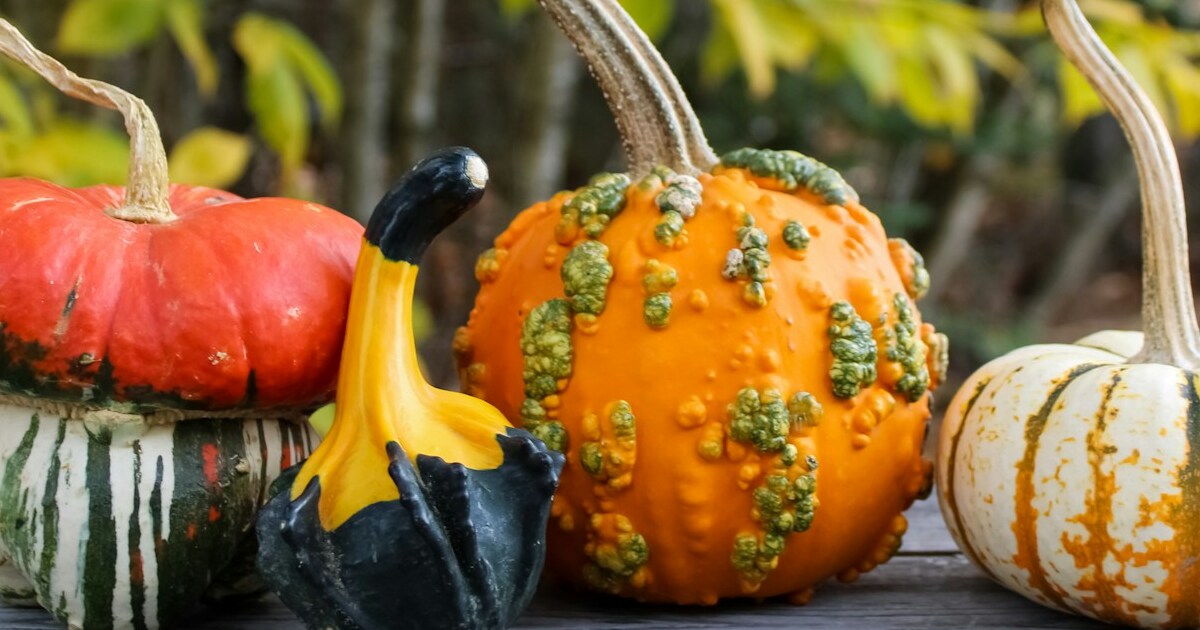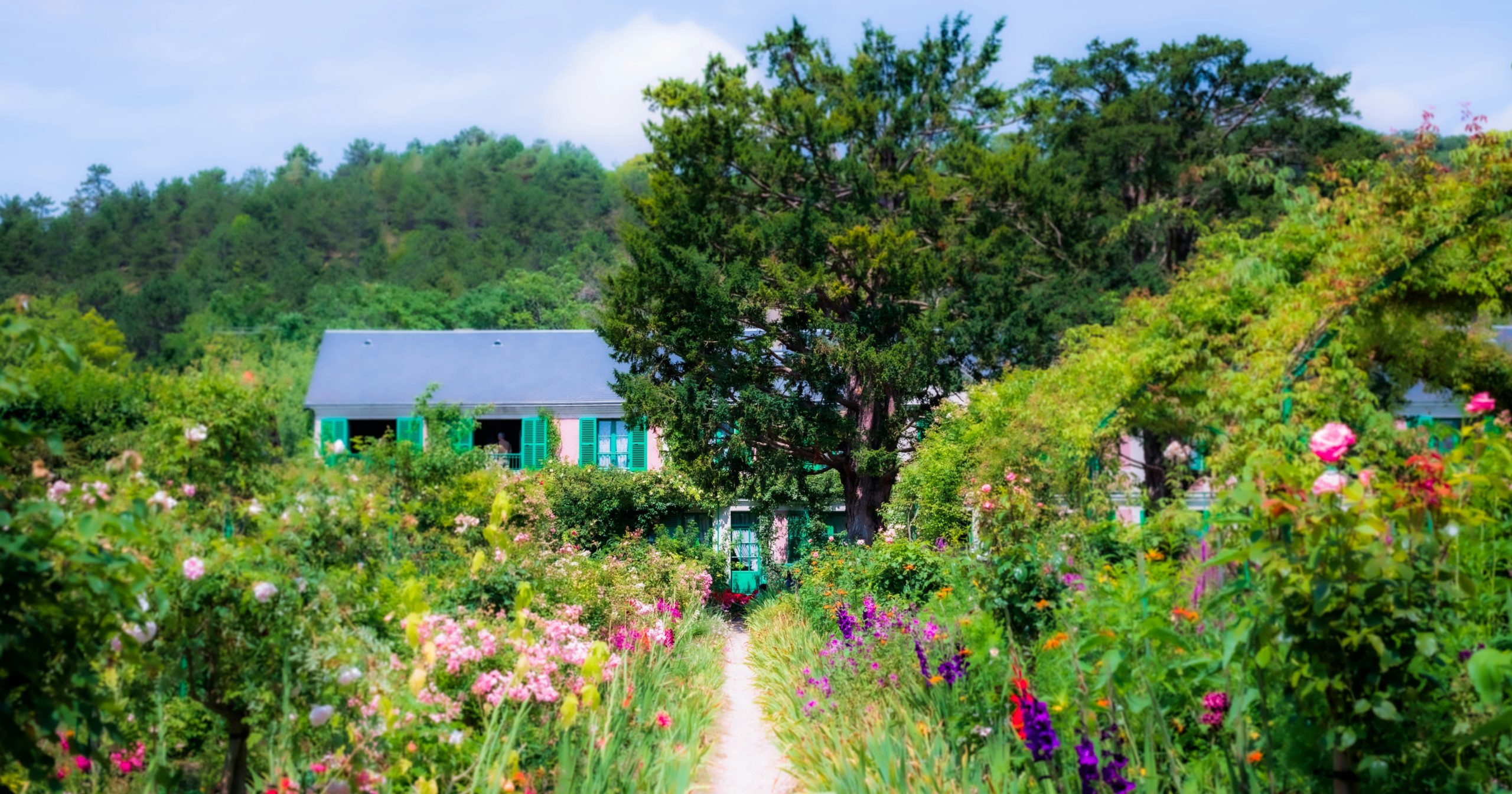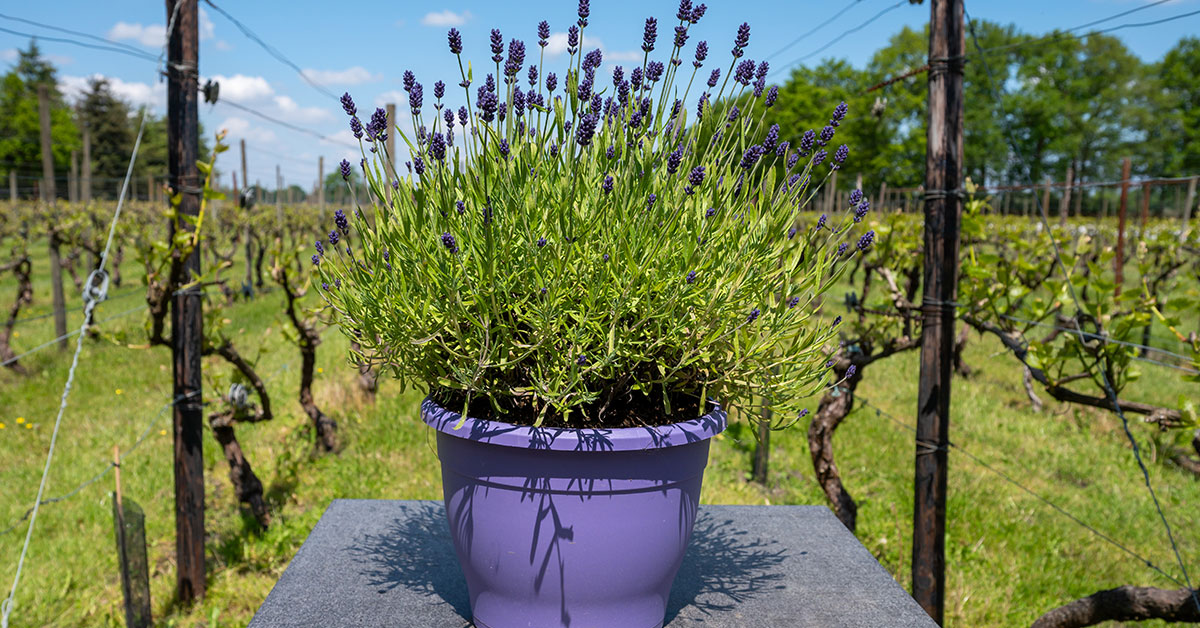Winter cherry plants, also known as Physalis alkekengi, are a unique flowering shrub that is popular among gardeners. The shrub is native to Europe and Asia, and produces lantern-like fruit that make it a stand-out in the garden.
The winter cherry plant is not only attractive to look at, but it also provides a great source of food for birds and other wildlife. The fruit has a sweet taste and can be used in jams, jellies, and sauces.
The winter cherry plant is a perennial, meaning it will come back year after year. It grows to a height of one to two feet and it produces small yellow flowers that turn into orange or red fruit that look like paper lanterns. The lanterns can measure up to two inches in width and contain several small seeds in the center.
What is a winter cherry plant?
Growing winter cherry is an easy and rewarding task for gardeners of any skill level. Winter cherries are an evergreen shrub capable of producing a multitude of white flowers and bright red berries during the winter months. With the right knowledge and care, gardeners can successfully cultivate a healthy winter cherry plant.
- Scientific name: Physalis alkekengi
- Other names: Japanese lantern plant, Chinese lantern plant
- Native to: Europe and Asia
- Invasiveness: Yes
- Tenderness: Perennial
- Sun: Full sun
- Water: Medium
- Hardiness zone: 3-9
- Spacing: 2 feet
- Plant height: 2 feet
- Bloom period: July
- Container friendly: Yes
- Toxicity: Fruits are edible, but all other parts of the plant are toxic.
- Drought tolerant: No
Winter cherries, also known as Japanese lantern plant or Chinese lantern plant, are a perennial plant native to Europe and Asia. They require full sun, medium water, and should be spaced 2 feet apart. They typically grow to a height of 2 feet, blooming in July. Winter cherries can be planted in containers and are not toxic to cats or dogs, however they are not drought tolerant. They can survive in hardiness zones 3-9.
Be advised, this plant is considered invasive in some places, particularly warm, damp climates, and is toxic to both cats and dogs.
Are winter cherries edible?
The fruits of the winter cherry are edible to both humans and various wildlife, but all other parts of the plant, including leaves, stems, and roots, are said to be toxic. The fruit of the winter cherry is said to be very high in vitamin C, containing even more of the vitamin than some popular citrus fruits.
Growing winter cherries in containers
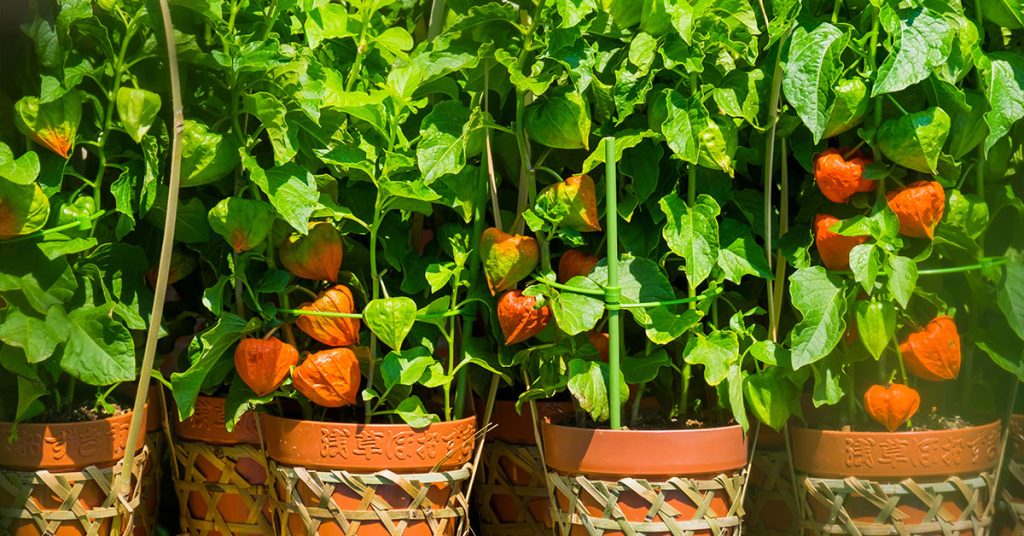
Growing Physalis alkekengi in containers is a great way to enjoy this unique and ornamental plant. Physalis alkekengi, commonly known as Chinese Lanterns, is a perennial herbaceous plant with bright orange-red, lantern-like fruits. It is native to Asia and Europe, where it has been cultivated for centuries.
When growing Physalis alkekengi in containers, make sure to select a pot that is at least 12 inches deep and 12 inches wide. Use an all-purpose potting mix and fill it with a mix of equal parts peat moss, perlite, and sand. Water the soil until it is evenly moist and then place the plant in the center of the pot.
Provide your Physalis alkekengi with bright, indirect sunlight and keep the soil consistently moist. Fertilize the plant every month during the growing season with a balanced liquid fertilizer and prune the plant as needed to maintain its shape.
Physalis alkekengi is relatively pest-free and disease-resistant, but keep an eye out for aphids, whiteflies, and powdery mildew. If you notice any of these pests, use an insecticide or fungicide to treat the problem.
With proper care, Physalis alkekengi can be grown in containers for years. It is a great addition to any garden and will add unique texture and color.
Wildlife attracted by winter cherries
The bright red fruits of winter cherries are popular among wildlife like birds. The bright red color of the fruit makes it a desirable food source, and the seeds inside provide an additional dietary bonus.
Some mammals are also drawn to the fruits of Physalis alkekengi. Squirrels, chipmunks, and even foxes have all been observed eating the fruits of this plant. The bright red color of the fruit and the sweet taste make it a favorite snack for these animals.
Reptiles, such as lizards and snakes, are also known to eat the fruits of Physalis alkekengi. The bright red color of the fruit helps to attract these animals, and the sweet taste makes it an appealing food source.
Overall, wildlife of all kinds are attracted to the fruits of Physalis alkekengi. From birds to mammals to reptiles, this species of flowering plant provides a valuable food source for a variety of animals.


